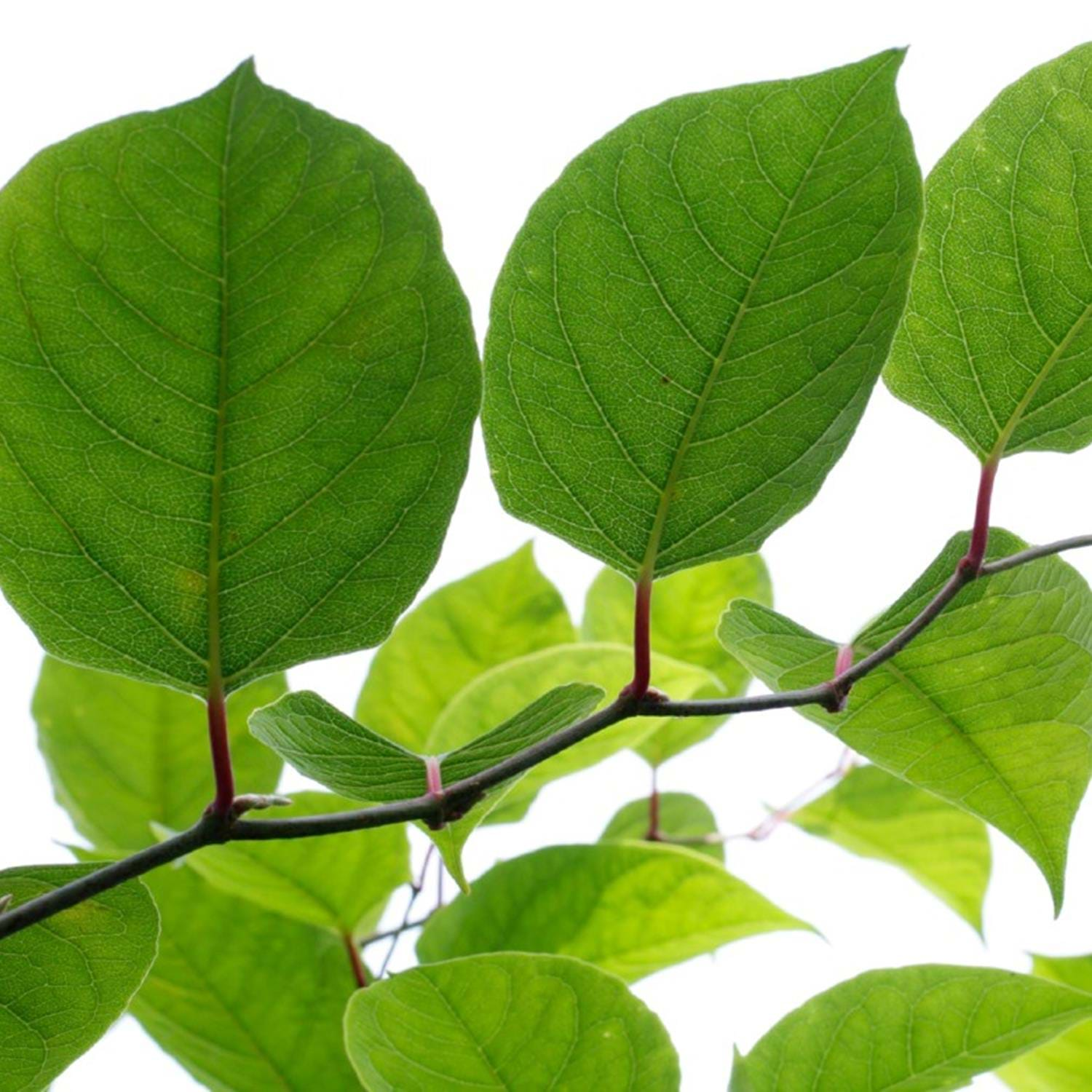
Japanese knotweed is one of the most common invasive species of plants in the UK. Discover how to detect and deal with this destructive plant.
As one of the most common invasive species of plants in the UK, most people have heard of the infamous Japanese knotweed. But you might be less familiar with the harm it can cause to homes and land, as its thick roots spread quickly underground. It can grow through walls and concrete which, in turn, will affect a property’s value and structural integrity. Early detection and careful monitoring are essential to make sure this doesn’t happen.
Here, we go through everything you need to know about this destructive plant, including how to spot and remove it.
First introduced to the UK as an ornamental plant, the aggressive nature of Japanese knotweed has led to it being considered a problem species. It typically blooms from late summer to early autumn, at which point its flowers die and leave behind hollow stems throughout winter.
It grows in most soil-based conditions, particularly roadsides and waste grounds, but gardens can also be affected.
One of the biggest dangers of Japanese knotweed is its potential to cause expensive damage to homes. Its root system can harm fences as well as fragile building foundations, tarmac surfaces, drains, and flood defences. Because it can grow up to 10cm a day during summer, it could quickly cause extensive property damage.
Japanese knotweed is also known to push out native plants and impact ecosystems. So, you could be prosecuted for letting it spread to the wild or a neighbouring property.
Early detection of Japanese knotweed can reduce its potential for damage, so regularly inspecting your land is key. This pesky plant’s appearance changes throughout the seasons, but the typical signs to look out for include:
• Light green, heart-shaped leaves with a pointed tip and red or purple flecks
• A height of 2-3 metres
• Hollow stems that look similar to bamboo shoots
• Creamy white flowers in the summertime
If you’ve found Japanese knotweed, it’s important to deal with it quickly. Treatment will depend on what growth stage it’s in and whether it’s spread extensively.
Calling in a professional is usually the best course of action. Removing Japanese knotweed requires a specialist skillset; leaving behind even a 1cm piece can cause regrowth. Japanese knotweed is often removed manually using specialist equipment or by applying formulated herbicides to kill the plant.
It also needs to be disposed of carefully, which an expert can help with. After informing the Environment Agency , it should be buried at a depth of 2 metres and sealed with a geotextile membrane. Or, if the local council allows, it can be burned.
If your property has Japanese knotweed, acting quickly can avoid structural issues. Knowing when to bring in a specialist will make sure things don’t escalate and become more costly down the line.
________________________________________
Read more articles on InSite and sign up to receive our blog round-up.
Every care was taken to ensure the information in this article was correct at the time of publication ( 2023). Guidance provided does not replace the reader’s professional judgement and any construction project should comply with the relevant Building Regulations or applicable technical standards. For the most up to date Premier Guarantee technical guidance please refer to your Risk Management Surveyor and the latest version of the Premier Guarantee Technical Manual.